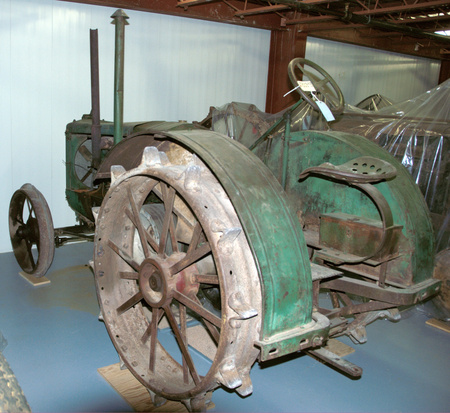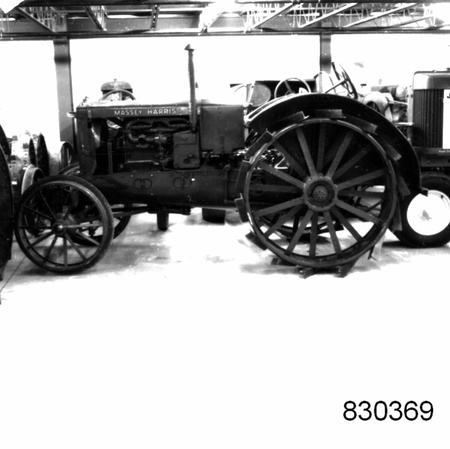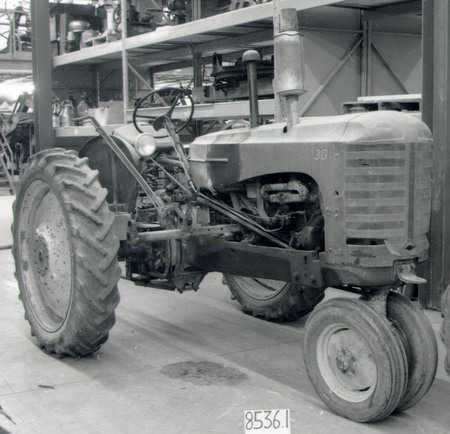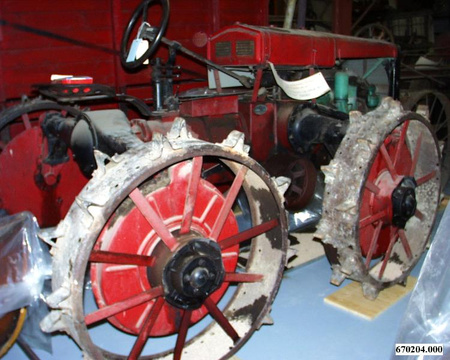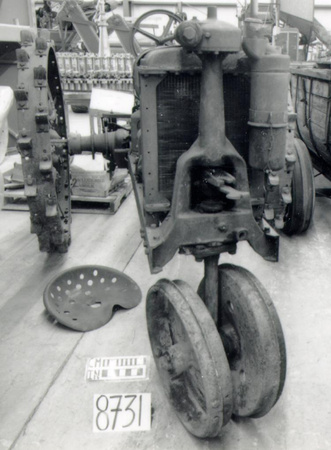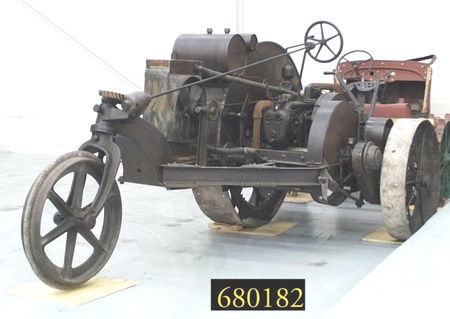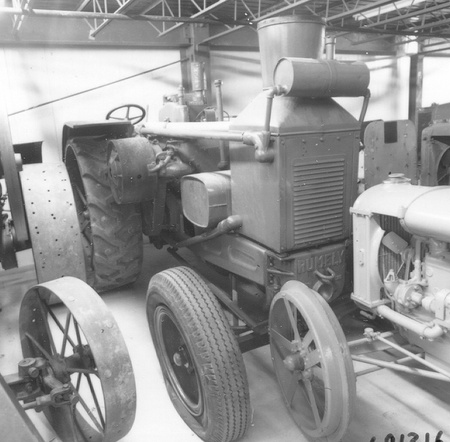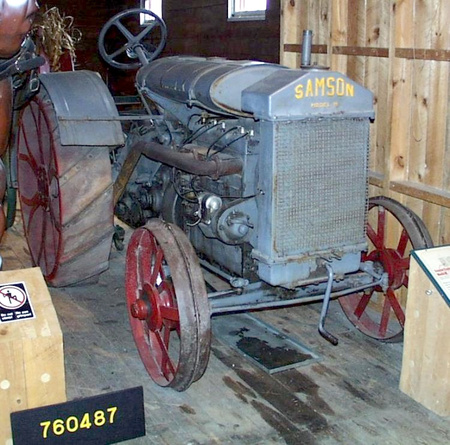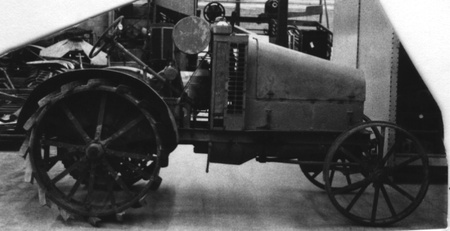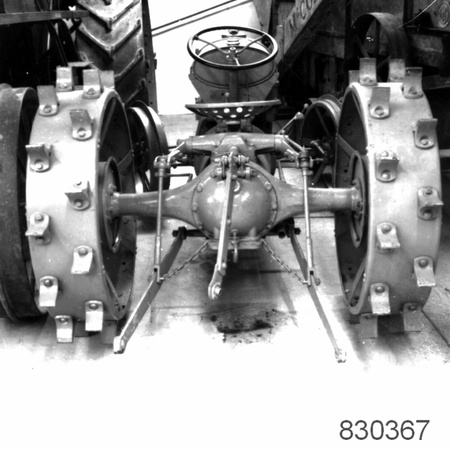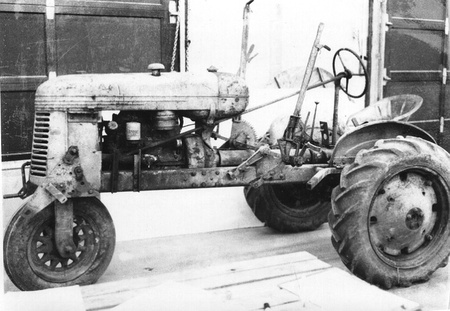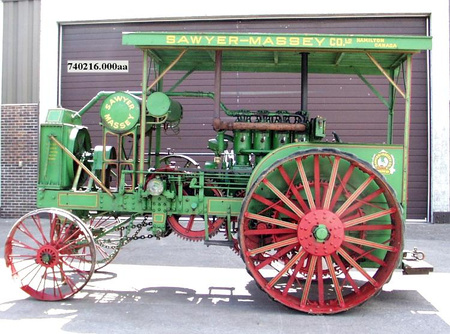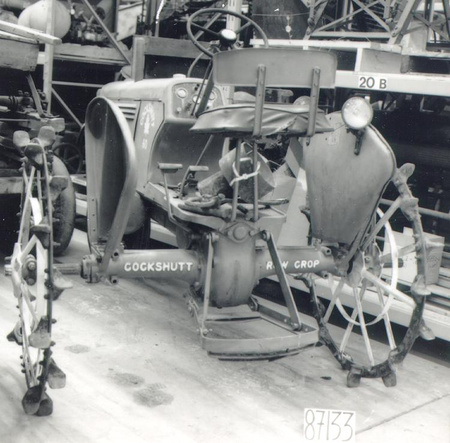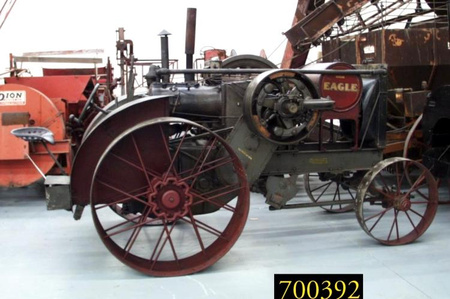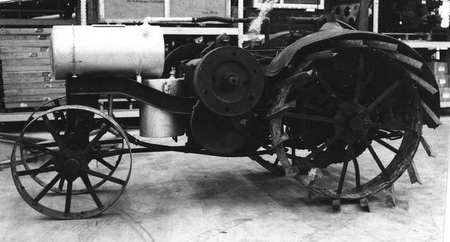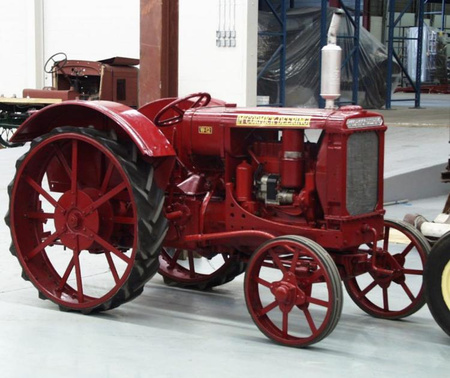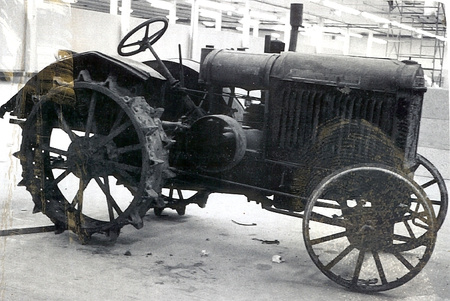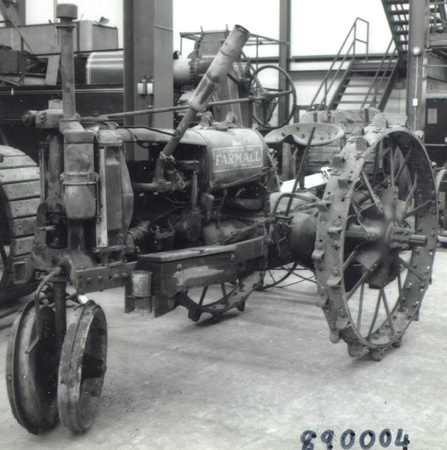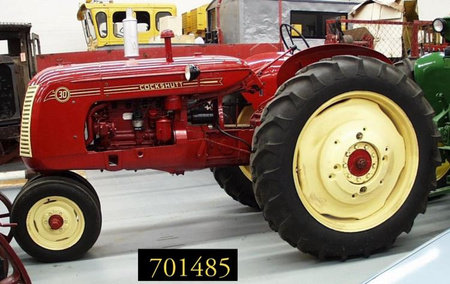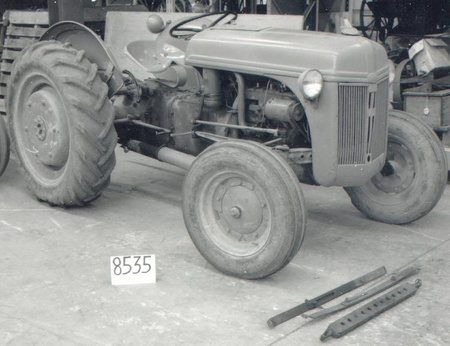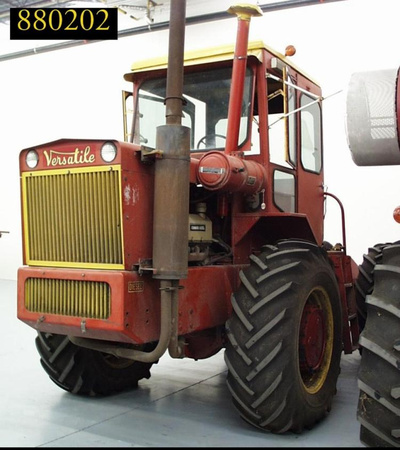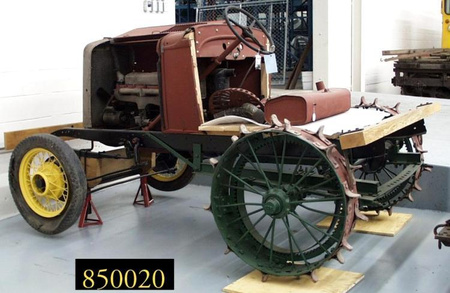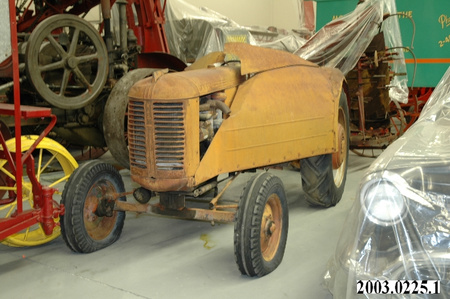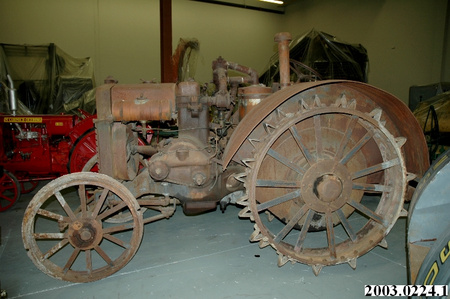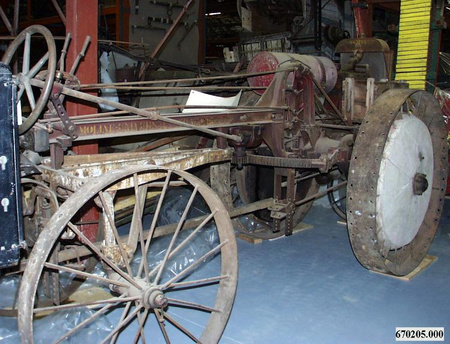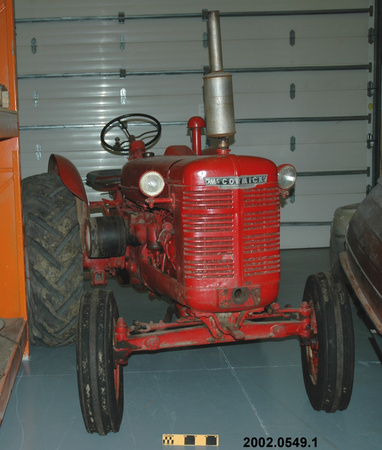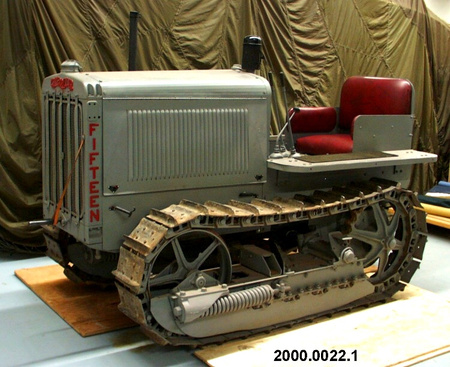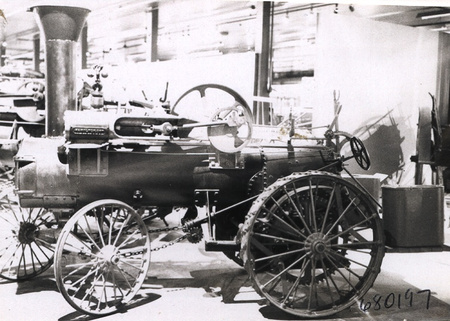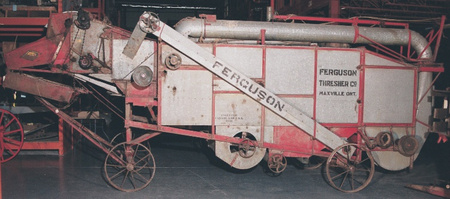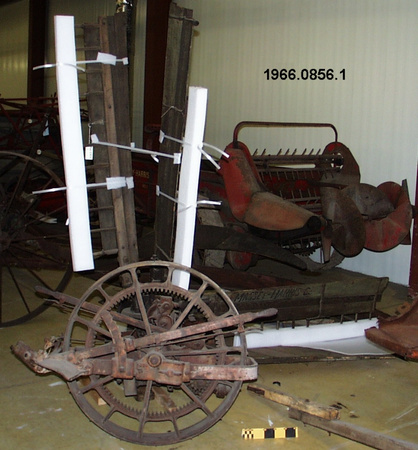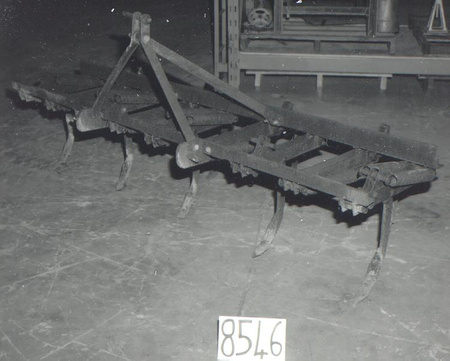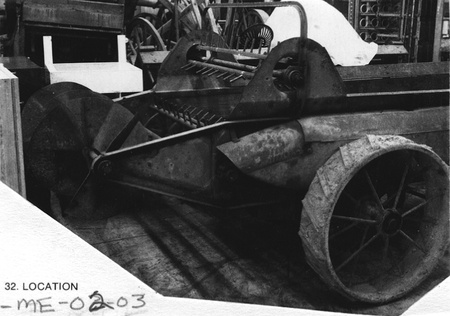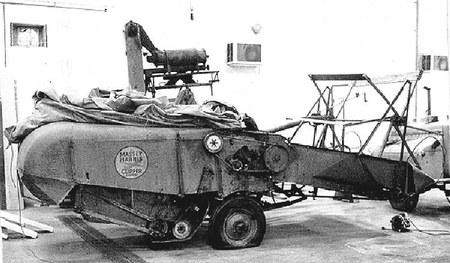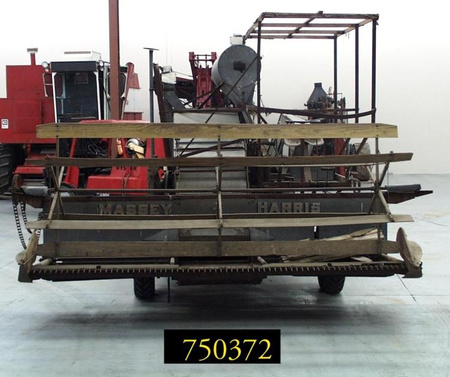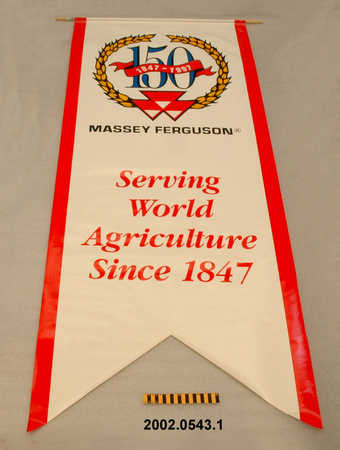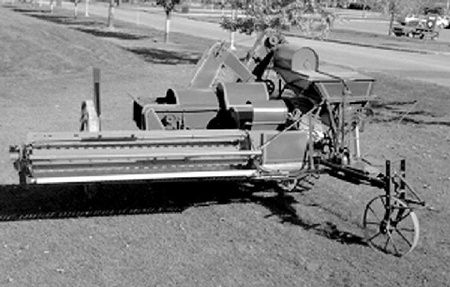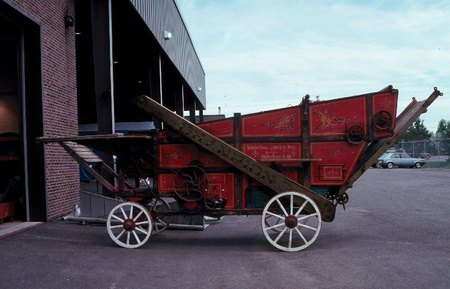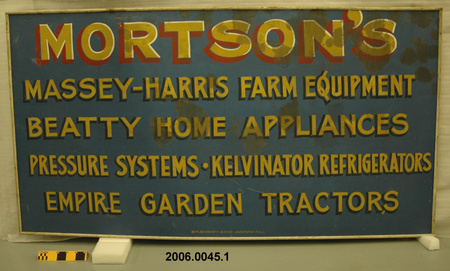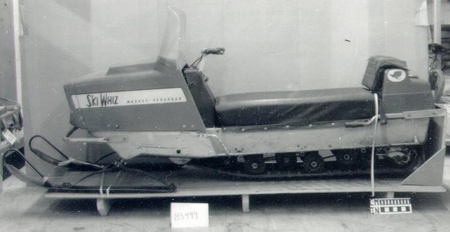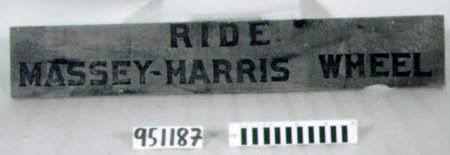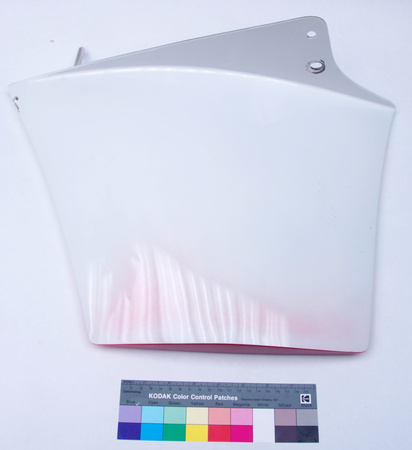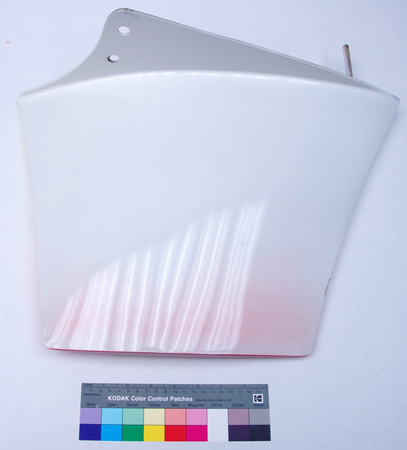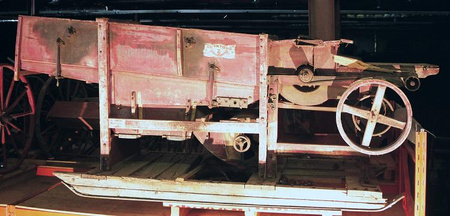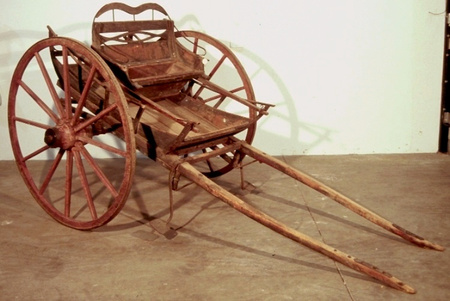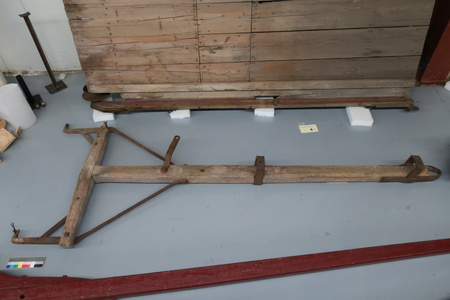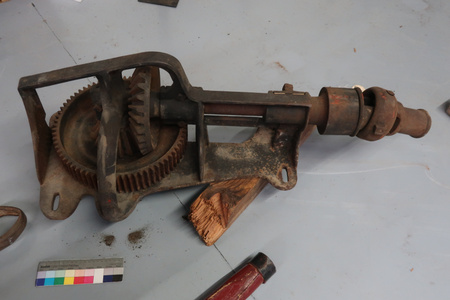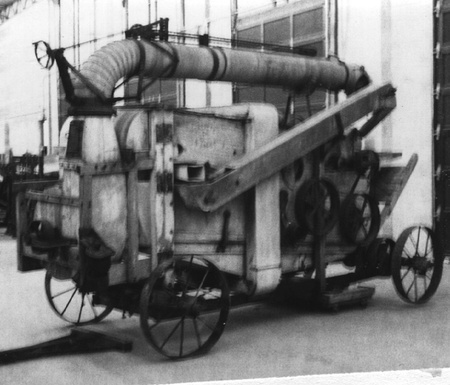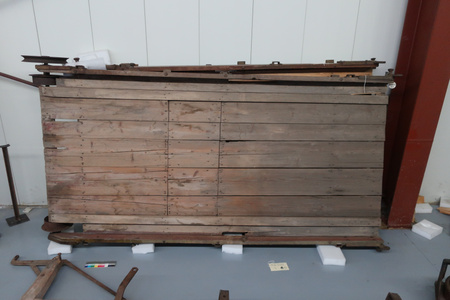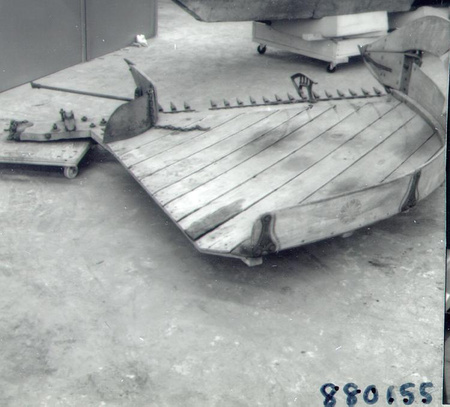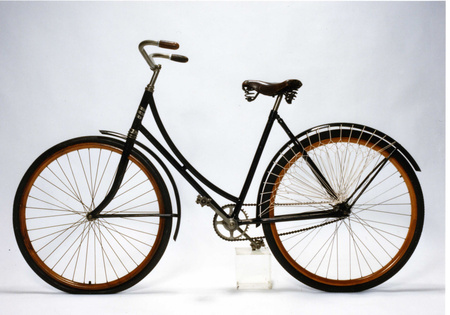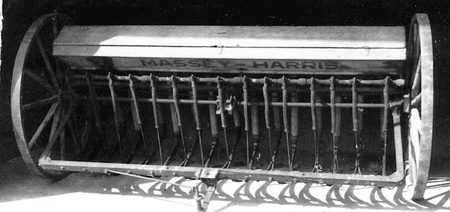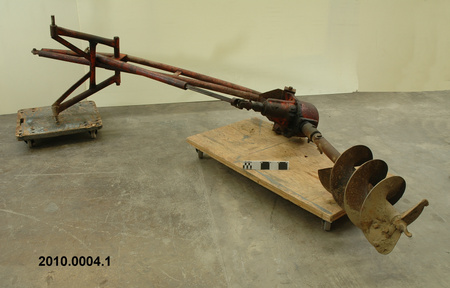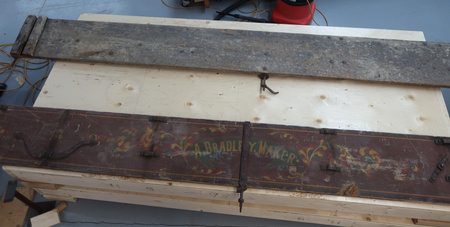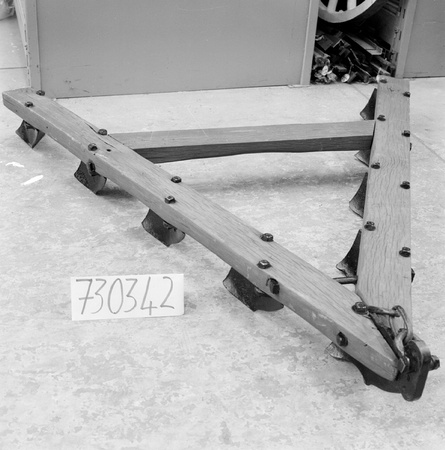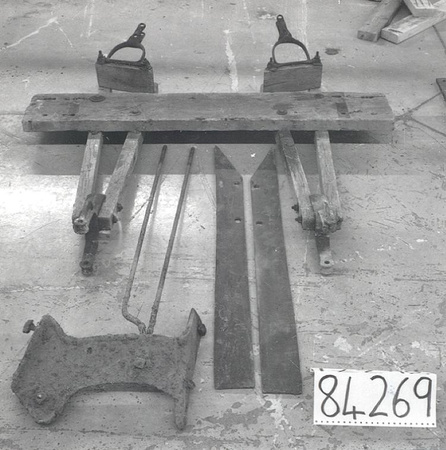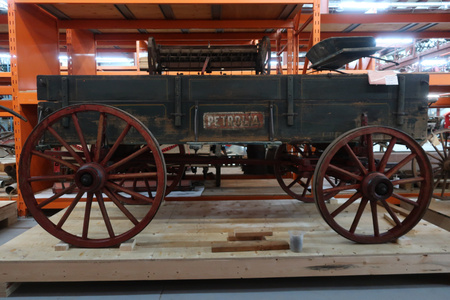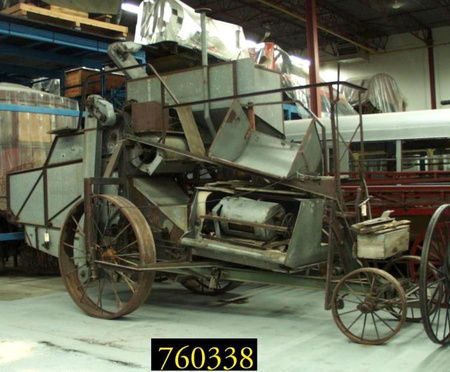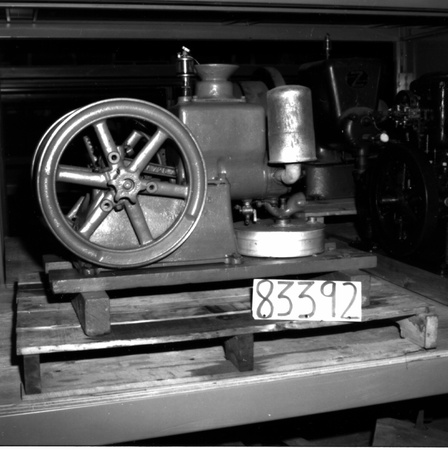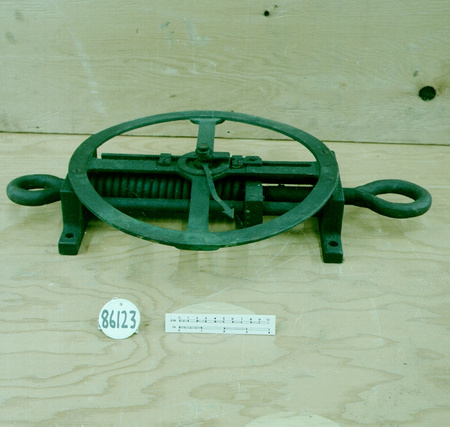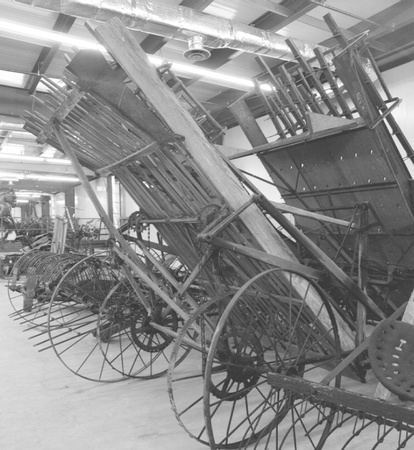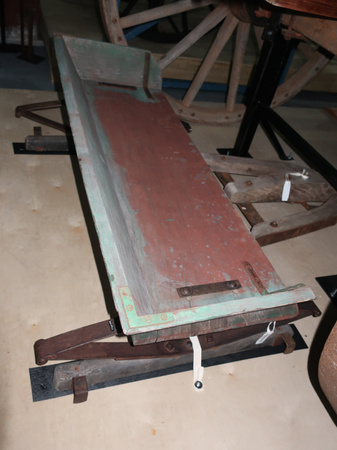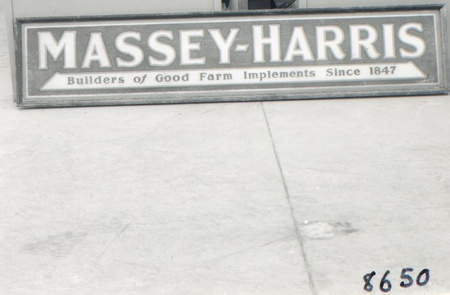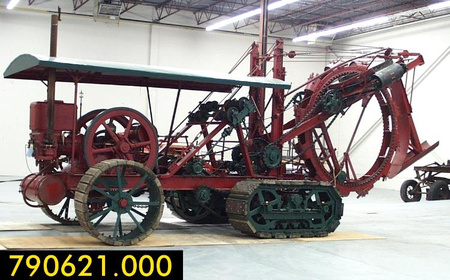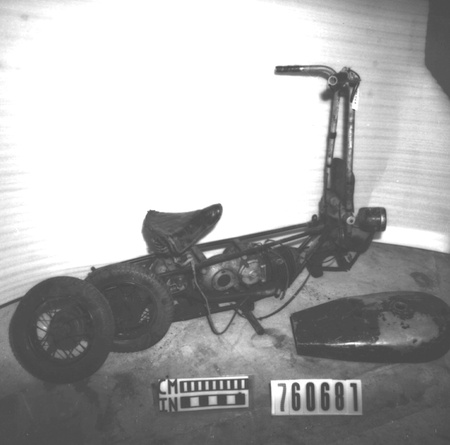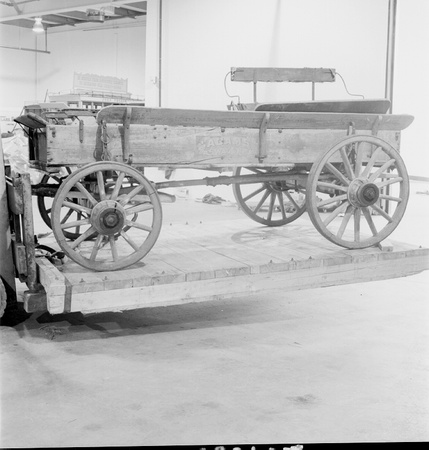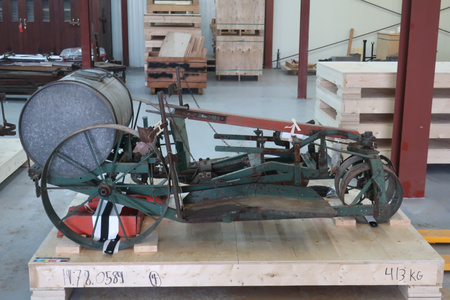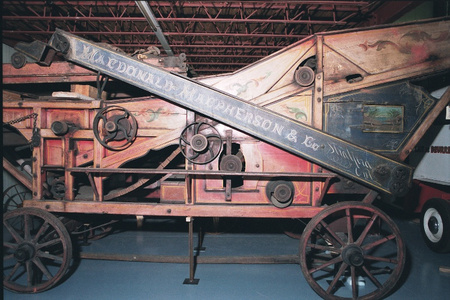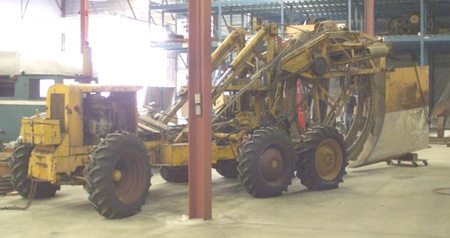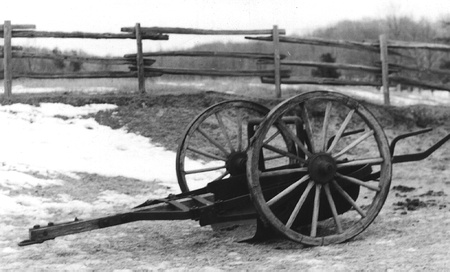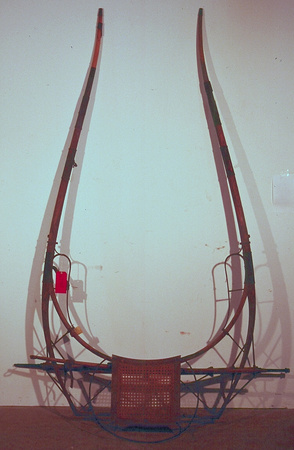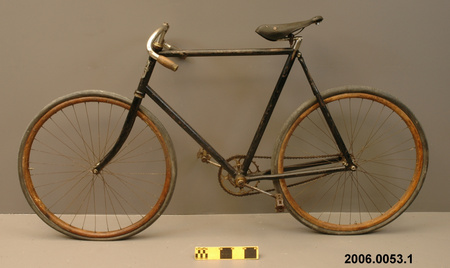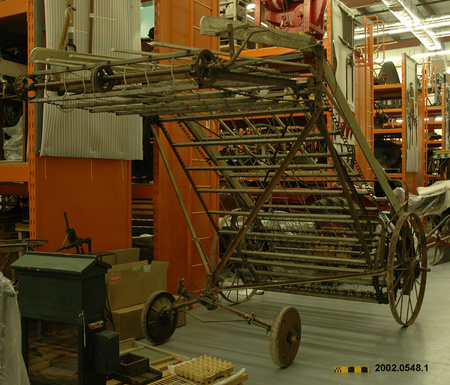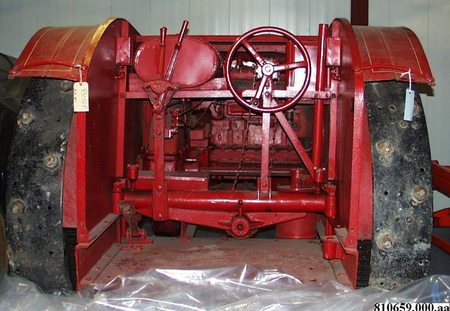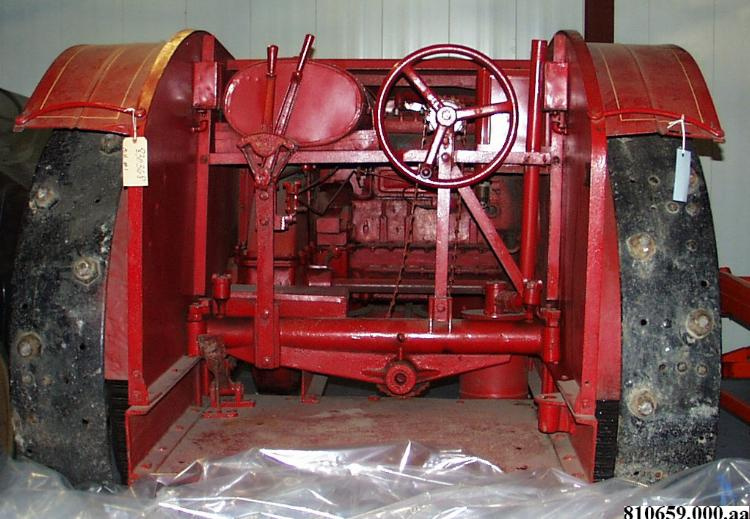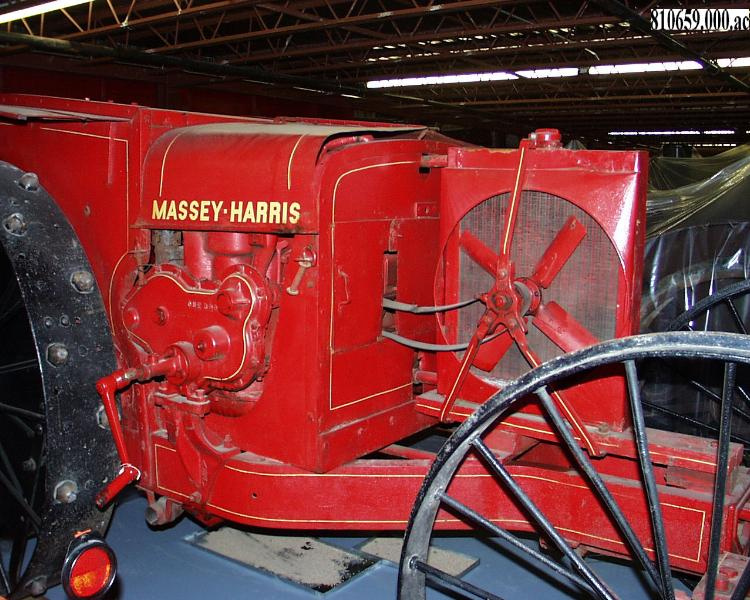Tractor
Use this image
Can I reuse this image without permission? Yes
Object images on the Ingenium Collection’s portal have the following Creative Commons license:
Copyright Ingenium / CC BY-NC-ND (Attribution-NonCommercial 4.0 International (CC BY-NC 4.0)
ATTRIBUTE THIS IMAGE
Ingenium,
1983.0368.001
Permalink:
Ingenium is releasing this image under the Creative Commons licensing framework, and encourages downloading and reuse for non-commercial purposes. Please acknowledge Ingenium and cite the artifact number.
DOWNLOAD IMAGEPURCHASE THIS IMAGE
This image is free for non-commercial use.
For commercial use, please consult our Reproduction Fees and contact us to purchase the image.
- OBJECT TYPE
- STANDARD
- DATE
- 1918–1922
- ARTIFACT NUMBER
- 1983.0368.001
- MANUFACTURER
- Massey-Harris Co. Ltd.
- MODEL
- 2
- LOCATION
- Weston, Ontario, Canada
More Information
General Information
- Serial #
- 1389
- Part Number
- 1
- Total Parts
- 1
- AKA
- N/A
- Patents
- N/A
- General Description
- METAL & WOOD FRAME/ 4 METAL WHEELS
Dimensions
Note: These reflect the general size for storage and are not necessarily representative of the object's true dimensions.
- Length
- 380.0 cm
- Width
- 205.6 cm
- Height
- 170.0 cm
- Thickness
- N/A
- Weight
- N/A
- Diameter
- N/A
- Volume
- N/A
Lexicon
- Group
- Agriculture
- Category
- Power sources
- Sub-Category
- N/A
Manufacturer
- AKA
- Massey
- Country
- Canada
- State/Province
- Ontario
- City
- Weston
Context
- Country
- Canada
- State/Province
- Ontario
- Period
- Unknown
- Canada
-
The Massey-Harris No. 2 tractor was built at its factory in Weston, then just outside of Toronto. At the time, Massey-Harris was the biggest manufacturer of agricultural machinery in the British Empire, but remained out of tractor production between 1923 and 1927. The Parrett Tractor Company was headquartered in Chicago. - Function
-
The tractor is a motorized vehicle used to pull and actuate other vehicles or implements that are not power-driven. Tractors are primarily designed for agricultural work: for cultivation, spraying, and harvesting operations. The first tractors, developed in the mid-nineteenth century, were steam-powered and were not very mobile: their main purpose was to power threshers and other equipment. The development of gas-engines in the late 19th century, and their integration into tractors, gave the machines more mobility and flexibility. Robert C. Williams writes in "Fordson, Farmall, and Poppin' Johnny: A history of the farm tractor and its impact on America" (1987) that "Of all the farm implements, the tractor has had the greatest impact on rural life...In one generation between 1920 and 1950, most farms in the United States changed from dependence on draft animals to dependence on mechanical power." - Technical
-
The Massey-Harris No. 2 tractor was a Canadian-built version of the Parrett 12-25 tractor. The Parrett tractor was a lightweight maneuverable machine distinguished by its large wheels, high-clearance, and sideways-mounted radiator. It offered small and medium-sized farms an alternative to massive and expensive steam-traction engines. Massey-Harris signed a deal to build Parrett-designed tractors in Canada after the company’s failure with selling American-built Bull tractors. Massey-Harris labelled the Parrett designs as the No. 1 and No. 2 tractors. A modified design, the No. 3, was produced in 1921. - Area Notes
-
Unknown
Details
- Markings
- MFR'S MARKINGS READS: 'MASSEY-HARRIS'/ MFR'S PLATE ON ENGINE READS: 'THE BUDA [OBSCURED]/ [PLATE OBSCURED]'/ EMBOSSING ON GEAR SHIFTER READS: 'MASSEY-HARRIS/ AT 70/ HAVE YOU/ OILED/ UP'
- Missing
- N/A
- Finish
- TRACTOR PAINTED RED (NOT ORIGINAL) WITH YELLOW MARKINGS
- Decoration
- N/A
CITE THIS OBJECT
If you choose to share our information about this collection object, please cite:
Massey-Harris Co. Ltd., Tractor, between 1918–1922, Artifact no. 1983.0368, Ingenium – Canada’s Museums of Science and Innovation, http://collection.ingenium.ca/en/id/1983.0368.001/
FEEDBACK
Submit a question or comment about this artifact.
More Like This
